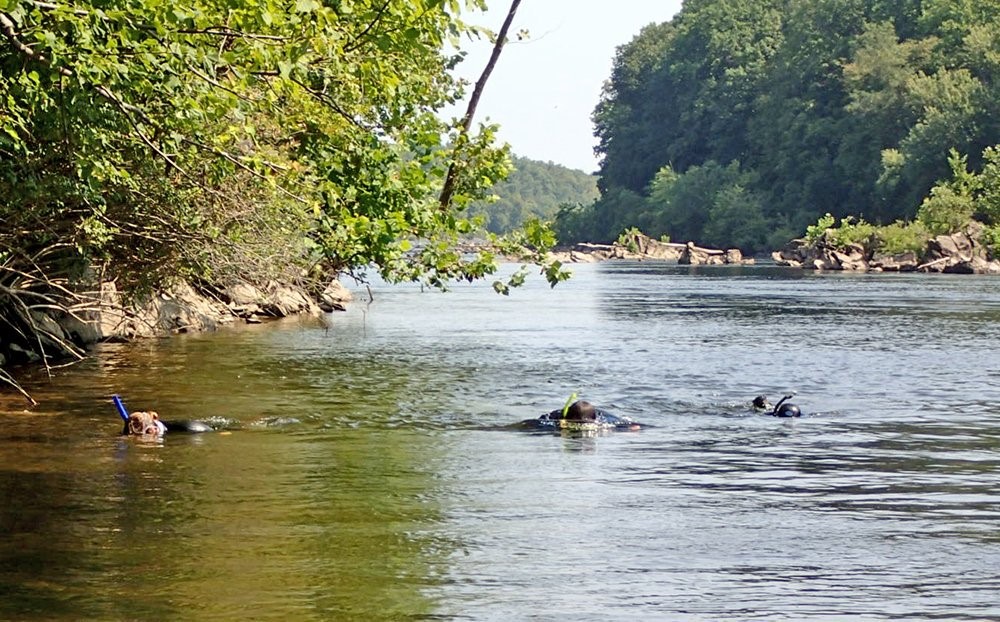July 14, 2020
DEP : It’s 1997, A Watershed Moment for Managing a Precious Natural Resource
The Garden State has 151 watersheds, 20 watershed management areas and five water regions.

What is a watershed?
The DEP defines a watershed as “… the area of land that drains into a body of water such as a river, lake, stream or bay. It is separated from other watersheds by high points in the area such as hills or slopes.
“It includes not only the waterway itself, but also the entire land area that drains to it. For example, the watershed of a lake would include not only the streams entering that lake, but also the land area that drains into those streams and, eventually, the lake.”
Why is watershed management so important in the Garden State?
Water is an essential part of our lives. And watersheds serve as more than just drainage areas in and around communities. They support habitat for plants and animals, and provide drinking water for humans and wildlife. They also offer recreational opportunities.
The DEP uses a “watershed management approach” to maintain the physical, chemical and biological integrity of New Jersey’s waters. Managing watershed areas is done by defining the physical geographic boundaries of the watersheds, basing water policy on sound science and developing partnerships with the public.
And for the past 20 years, the department has been hosting the New Jersey Watershed Ambassadors program, which raises awareness about water issues in the Garden State. The ambassadors, part of the community-oriented AmeriCorps program, serve in 20 WMAs from Sussex to Cape May counties and conduct community-based environmental activities.
And now, a look at 1997 …
The DEP created the Division of Watershed Management in 1997. It also began implementing newly adopted rules that, for the first time, would allow the department to manage nonpoint-source pollution – such as excess fertilizer or polluted urban runoff – using a comprehensive “watershed approach.”
The department traditionally issued project permits on a narrow, site-specific basis – an approach that tended to overlook the cumulative, downstream impacts of numerous small, seemingly separate human activities. The new management approach acknowledged the connectivity of the entire watershed – from the smallest headwater streams to the larger rivers, lakes and estuaries into which they inevitably flow, as well as all lands in-between.

Additionally, in 1997, the department, after 25 years, opened more than 600 acres for unrestricted clamming in the Navesink River in Monmouth County – a development that was attributed to the success of nonpoint-source management in achieving water quality improvements.
###